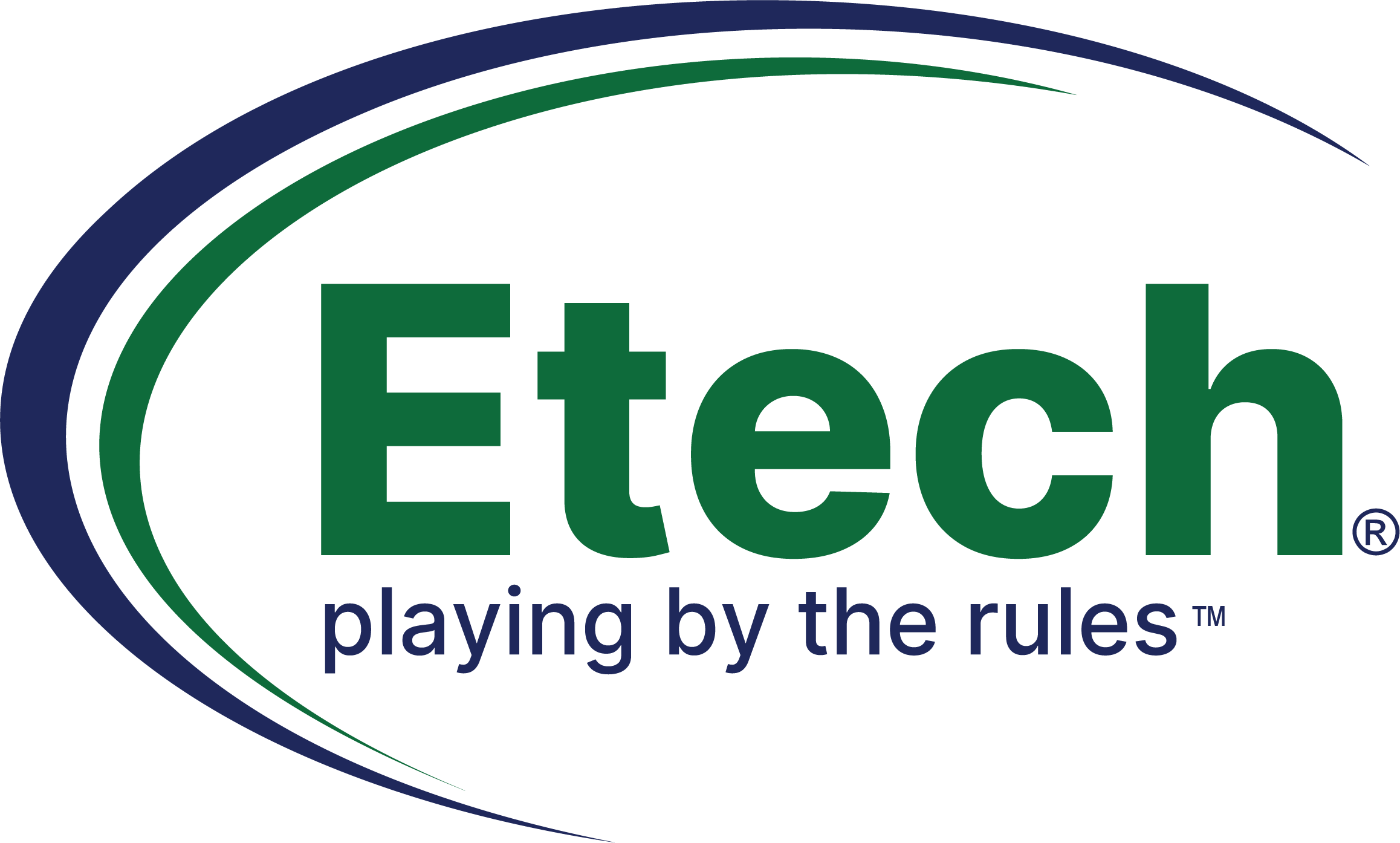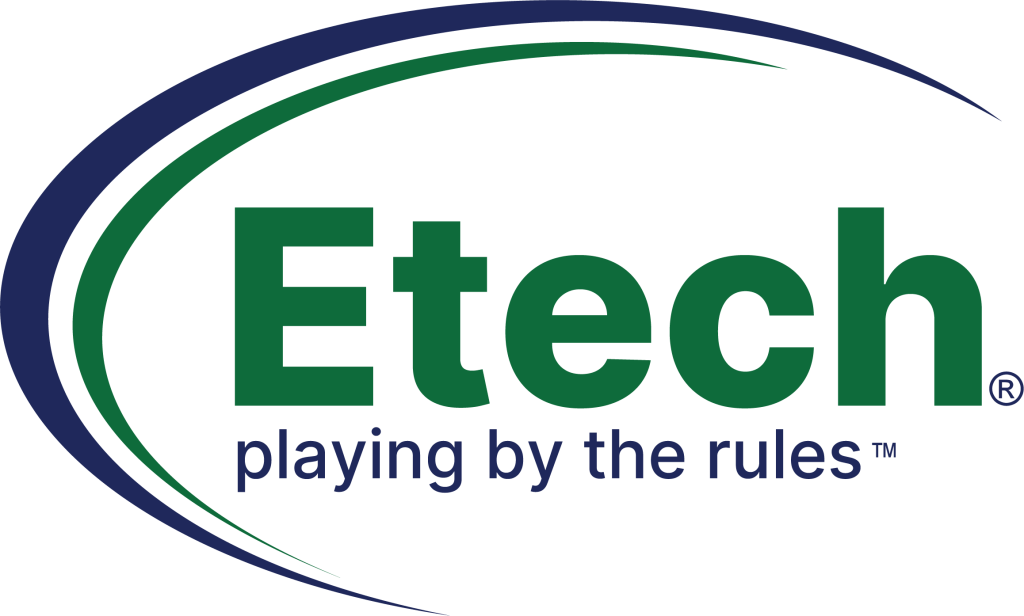Build Your Team by Building Connections
Walk into any contact center and you will hear it. That energetic hum from the floor created by scores of agents fielding questions from customers, taking control of each unique situation and working toward a successful outcome, one after the other. It takes a special type of person to create order from that chaos. Not only does a leader have to get his or her team to meet the company’s goals, but he or she must also keep employees motivated and enthusiastic about their work. One of the best ways to do this is for the supervisor to foster rapport with the entire team so there’s a sense that everyone is in this together, while also addressing individual needs. Here are a few ideas used by some of the most successful leaders in contact centers around the world. Communicate It might seem ironic that leaders don’t talk to their employees in a contact center, but it happens far too often. The first step, make sure everyone understands what success looks like for the company and the team. This bonds you, and helps everyone to rally around a common vision and goal. Next, be present…on the floor. You’ll have a real-time sense of what’s actually happening while also fielding feedback about things that are and aren’t working. Let your team know their input and ideas are necessary and appreciated. The best solutions come from those closest to the problem. No doubt a listening ear, goes a long way toward feeling valued. Feeling valued builds trust, and trust builds commitment. Engage A contact center can be a stressful environment with high employee turnover where engagement is low. Successful leaders are the ones who are able to retain staff members and keep everyone engaged, challenged and growing. Try creating incentive and reward programs to encourage higher levels of productivity while also fostering friendly competition among workers. Offer development opportunities, as well as an opportunity for your top performers to assist in the development of others on the team. Early on in my career, I was tapped for ‘newbies’ to sit with me. It was an honor to be trusted in this way, and in turn, motivated me to be at my very best. Be Committed Think about the people in this world you are most committed to. Casual acquaintances probably don’t fall into this category. Likewise, in the workplace, it’s important to invest in your relationship with those you lead. Share something about yourself, and allow your team members the opportunity to do the same. This is a great way to identify common ground, similar likes, experiences, and aspirations. We all do what we do for a reason. It’s important for your team to see you as a real person, and likewise for you to see your team as individuals and understand what is important to them. In the words of John Maxwell, “people don’t care how much you know until they know how much you care”. Would you run through a wall for your leader? If you answered yes, I’m guessing you have a pretty good relationship. This is a two-way street, and it’s important your team knows you will be there for them, and in turn, they will be there for you and the team. Personalize Coaching When it comes to training your employees, you can do so on a macro and micro level. While group sessions are great to disseminate company and team-wide updates or policy changes, utilize one on one coaching for constructive feedback and address individual opportunities. Side by side sessions and one on one skill transfers are both effective ways to personalize coaching while minimizing any downtime. Focus on behaviors that drive success, and more importantly don’t tell, show. It’s important to make the connection on how this behavior will advance your employee toward their goal, whether it’s to be at the top of the stack ranking, move up the ladder, or buy a car. There must be a connection with how the behavior will help benefit the individual. Role play is a great way to practice behaviors. After the role play have your employee share what specifically they will do as a result of the coaching in their own words. Coaching is a partnership and to be successful both you and your employee must be actively engaged and committed. Your employee is committed to exhibit a new or refined behavior, and you must be committed to providing feedback after. Lastly, express confidence, and let your employee know when you will follow-up with them. This will create an opportunity to provide praise for great execution, support if clarification is needed, or correction if the agreed behavior has not been executed on. These are just some suggestions used by successful leaders in call centers but don’t be afraid to try new things on your own. By consistently and effectively engaging with your team, you’ll be able to keep your contact center operating like a well-oiled machine.


